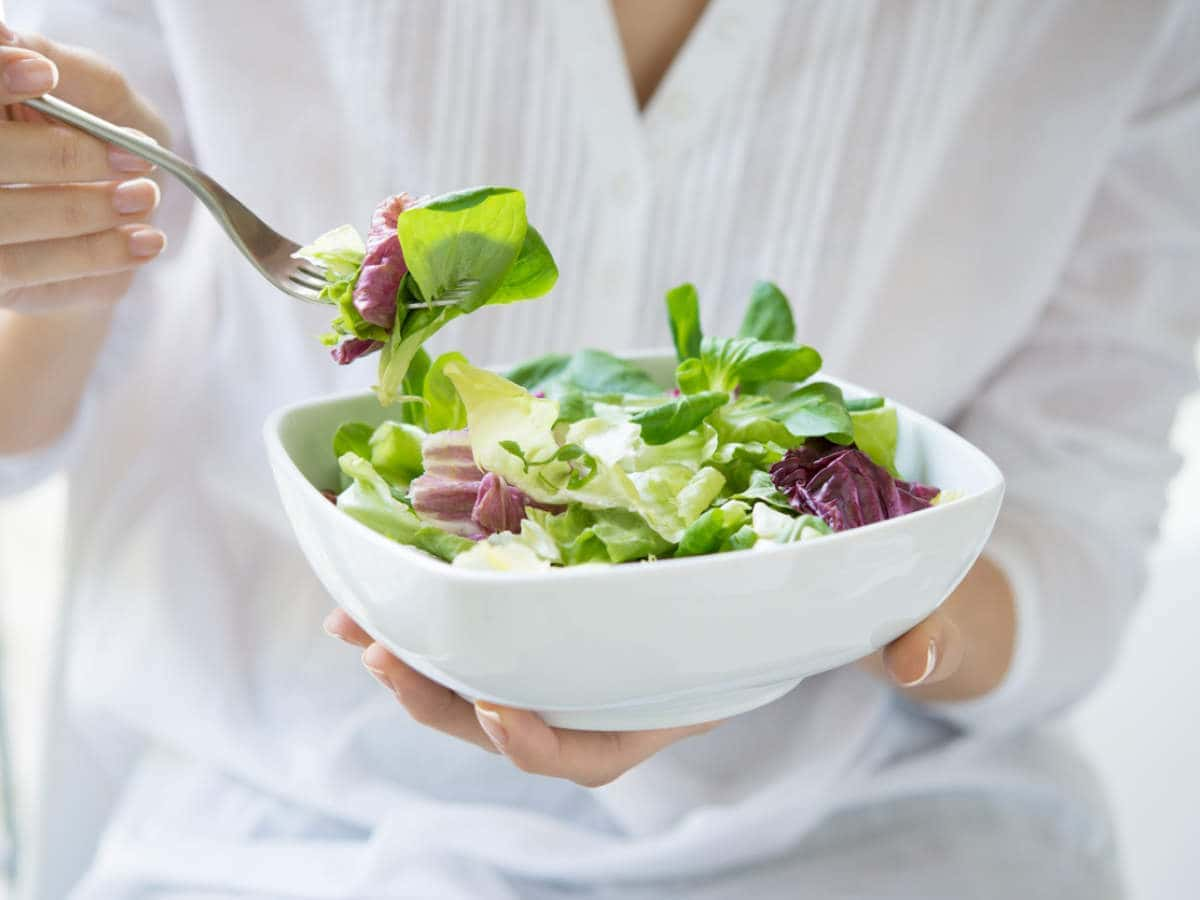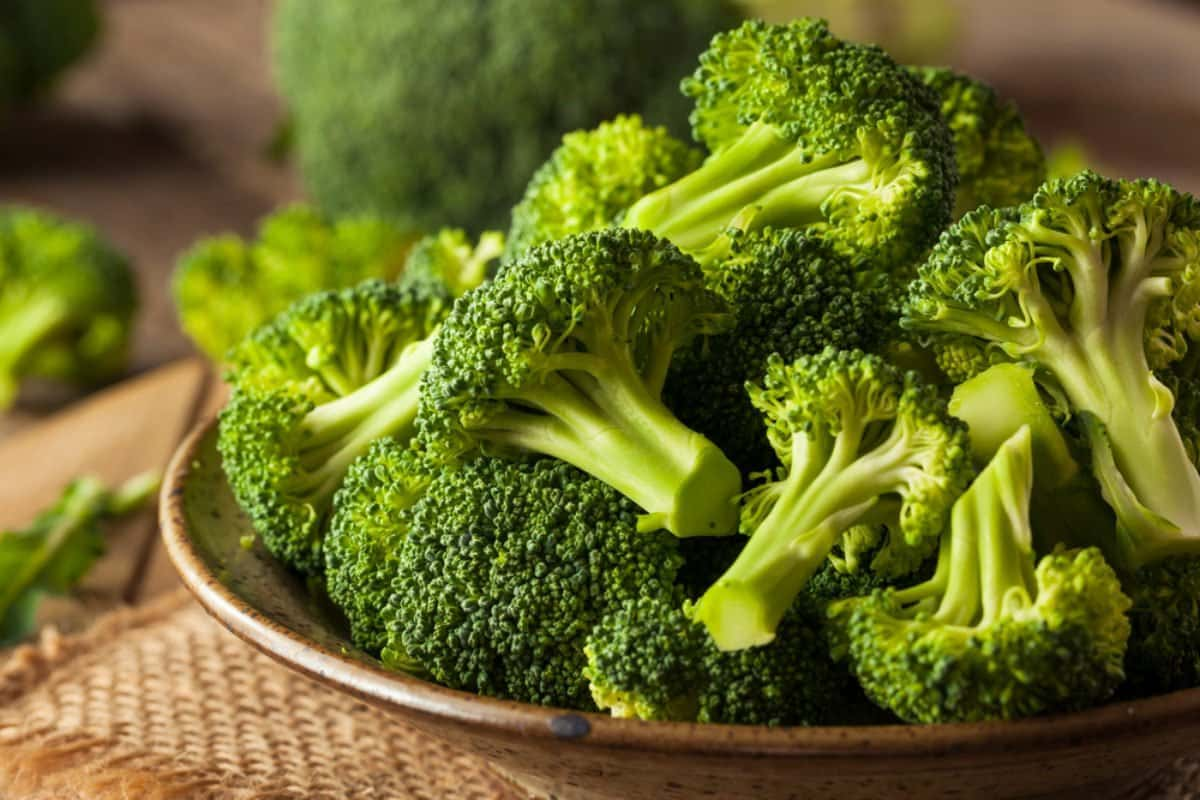Summer squash
Summer squash
Gourd is one of the most familiar foods. They are always present in our kitchen, making our meals more rich and attractive. But no matter how familiar, there is always something new to learn more about.
Cucurbita - Latin for gourd, is a genus of herbaceous fruits in the gourd family. There are some edible species are grown and consumed for their flesh and seeds such as cucumber, zucchini, pumpkin, luffa or chayote and more. In botany, they're a type of berry. In cookery, it is a vegetable.
Most Cucurbita species are herbaceous vines that grow several meters in length and have tendrils. The yellow or orange flowers on a Cucurbita plant are of two types: female and male. The female flowers produce the fruit and the male flowers produce pollen. The fruits of the genus Cucurbita are good sources of nutrients, such as vitamin A, vitamin C and many essential minerals which have many health benefits.
CUCUMBER
The cucumber originated from South Asia, but now grows on most continents, as many different types of cucumber are traded on the global market. The cucumber is a creeping vine that roots in the ground and grows up trellises or other supporting frames, wrapping around supports with thin, spiraling tendrils. The plant may also root in a soilless medium, whereby it will sprawl along the ground in lieu of a supporting structure.

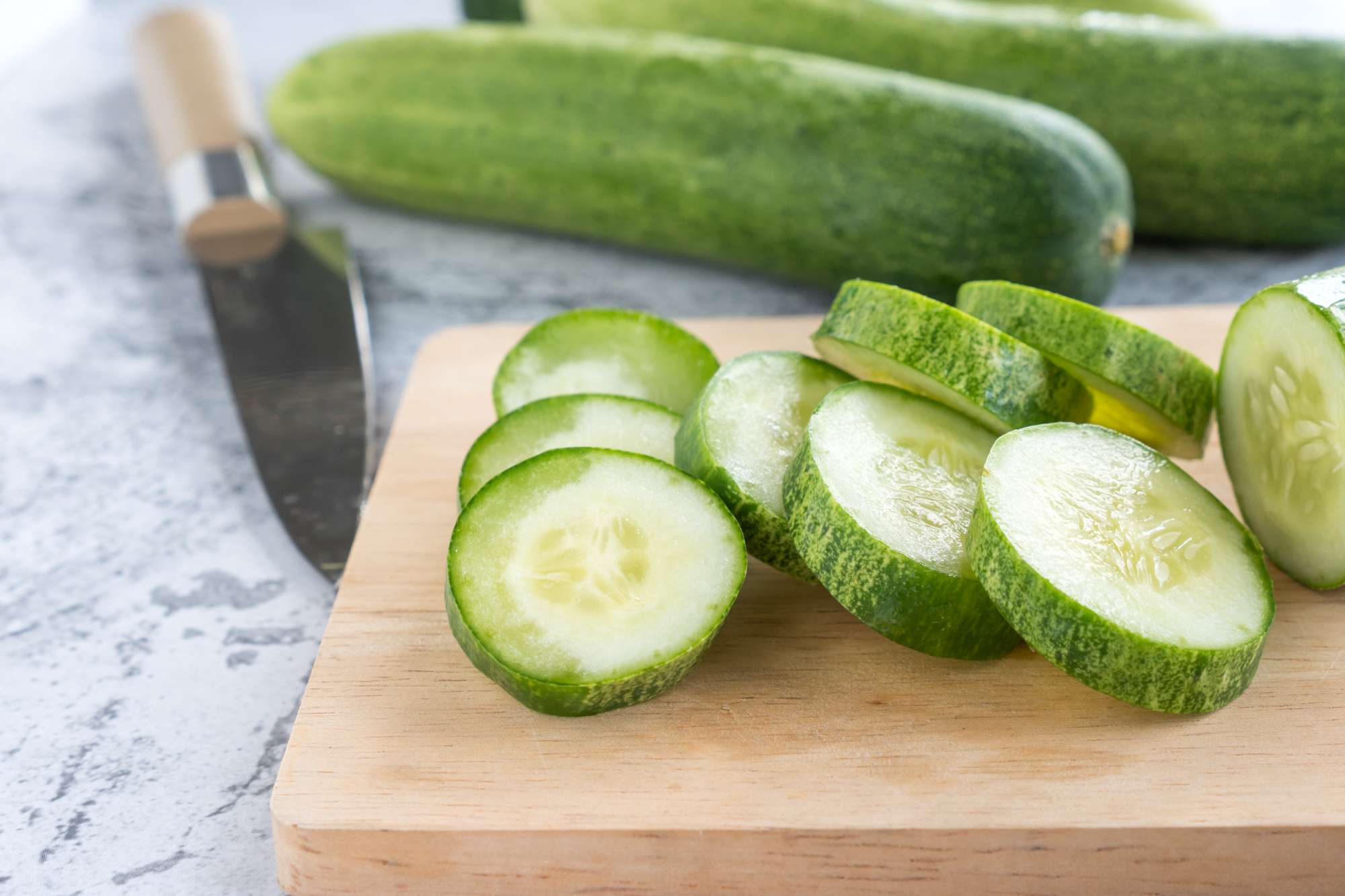
NUTRITIONAL VALUE PER 100G RAW CUCUMBER, WITH PEEL
1. General value:
- Energy: 65 kJ (16kcal)
- Carbohydrates: 3.63g, of which: Sugars: 1.67g, Dietary fiber: 0.5g
- Fat: 0.11g
- Protein: 0.65g
- Water: 95.23g
- Fluoride: 1.3µg
2. Vitamins:
- Thiamine (B1): 0.027mg, 2%DV†
- Riboflavin (B2): 0.033mg, 3%DV†
- Niacin (B3): 0.098mg, 1%DV†
- Pantothenic acid (B5): 0.259 mg, 5%DV†
- Vitamin B6: 0.04mg, 3%DV†
- Folate (B9): 7μg, 2%DV†
- Vitamin C: 2.8mg, 3%DV†
- Vitamin K: 16.4 μg, 16%DV†
3. Minerals:
- Calcium: 16 mg, 2%DV†
- Iron: 0.28mg, 2%DV†
- Magnesium: 13mg, 4%DV†
- Manganese: 0.079mg, 4%DV†
- Phosphorus: 24 mg, 3%DV†
- Potassium: 147mg, 3%DV†
- Sodium: 2mg, 0%DV†
- Zinc: 0.2mg, 2%DV†
ZUCCHINI
The zucchini, courgette or baby marrow - Cucurbita pepo, is a summer squash, a vining herbaceous plant whose fruit are harvested when their immature seeds and epicarp (rind) are still soft and edible. It is closely related, but not identical, to the marrow; its fruit may be called marrow when mature. Ordinary zucchini fruit are any shade of green, though the golden zucchini is a deep yellow or orange. At maturity, they can grow to nearly 1 metre in length, but they are normally harvested at about 15–25 cm. Zucchini occasionally contain toxic cucurbitacins, making them extremely bitter, and causing severe gastero-enteric upsets. Causes include stressed growing conditions, and cross pollination with ornamental squashes. Zucchini descends from squashes first domesticated in Mesoamerica over 7,000 years ago, but the zucchini itself was bred in Milan in the late 19th century.
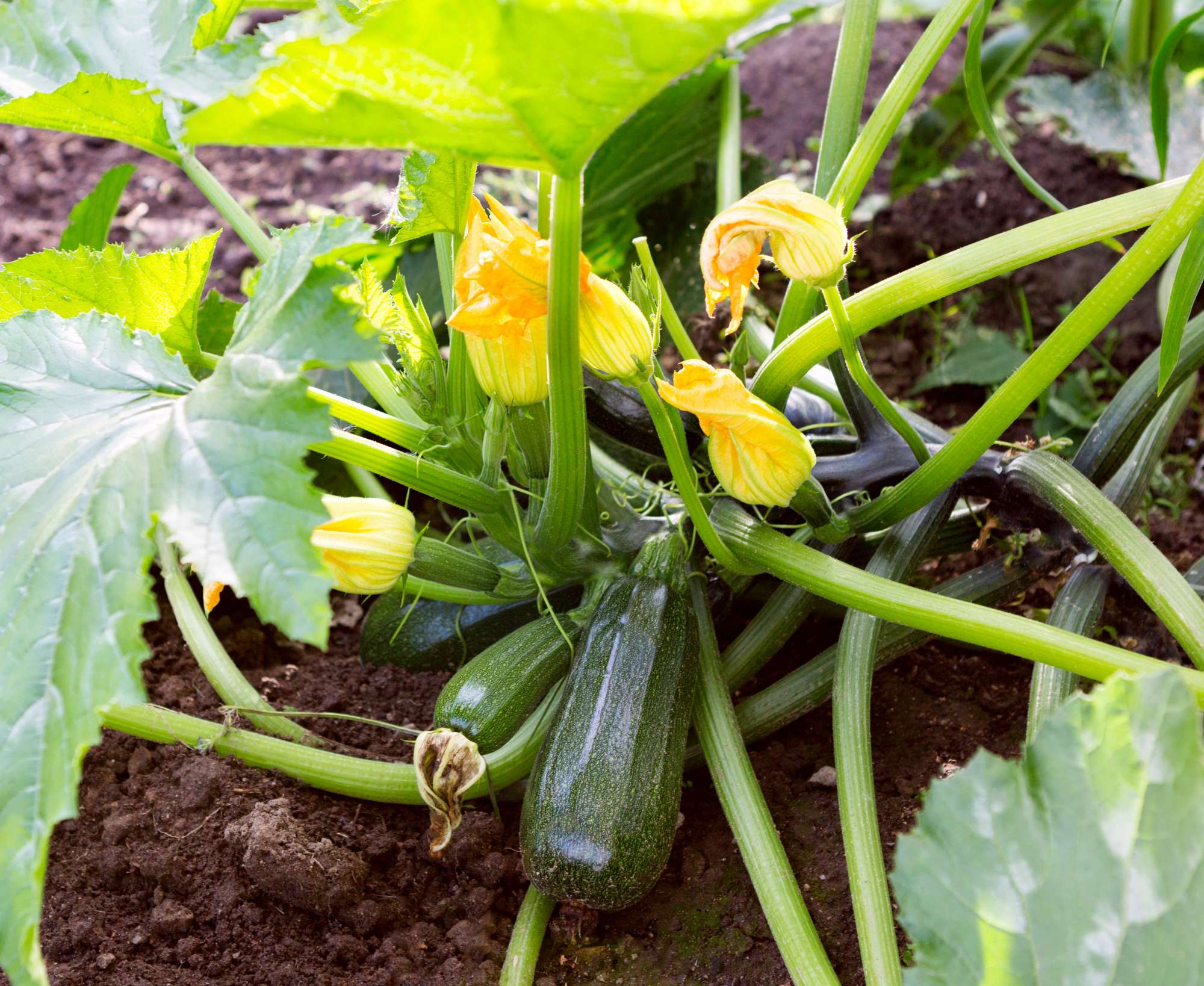
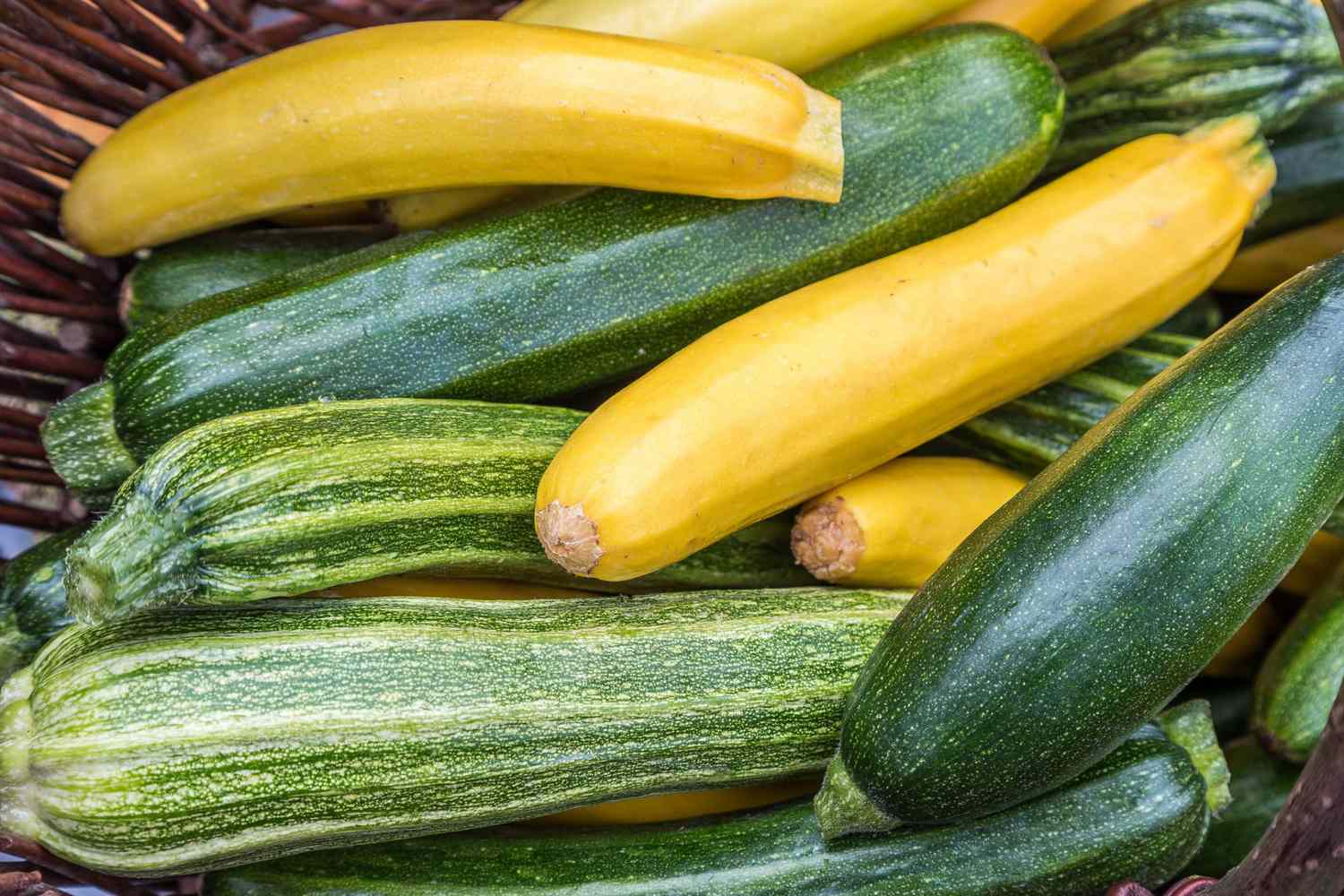
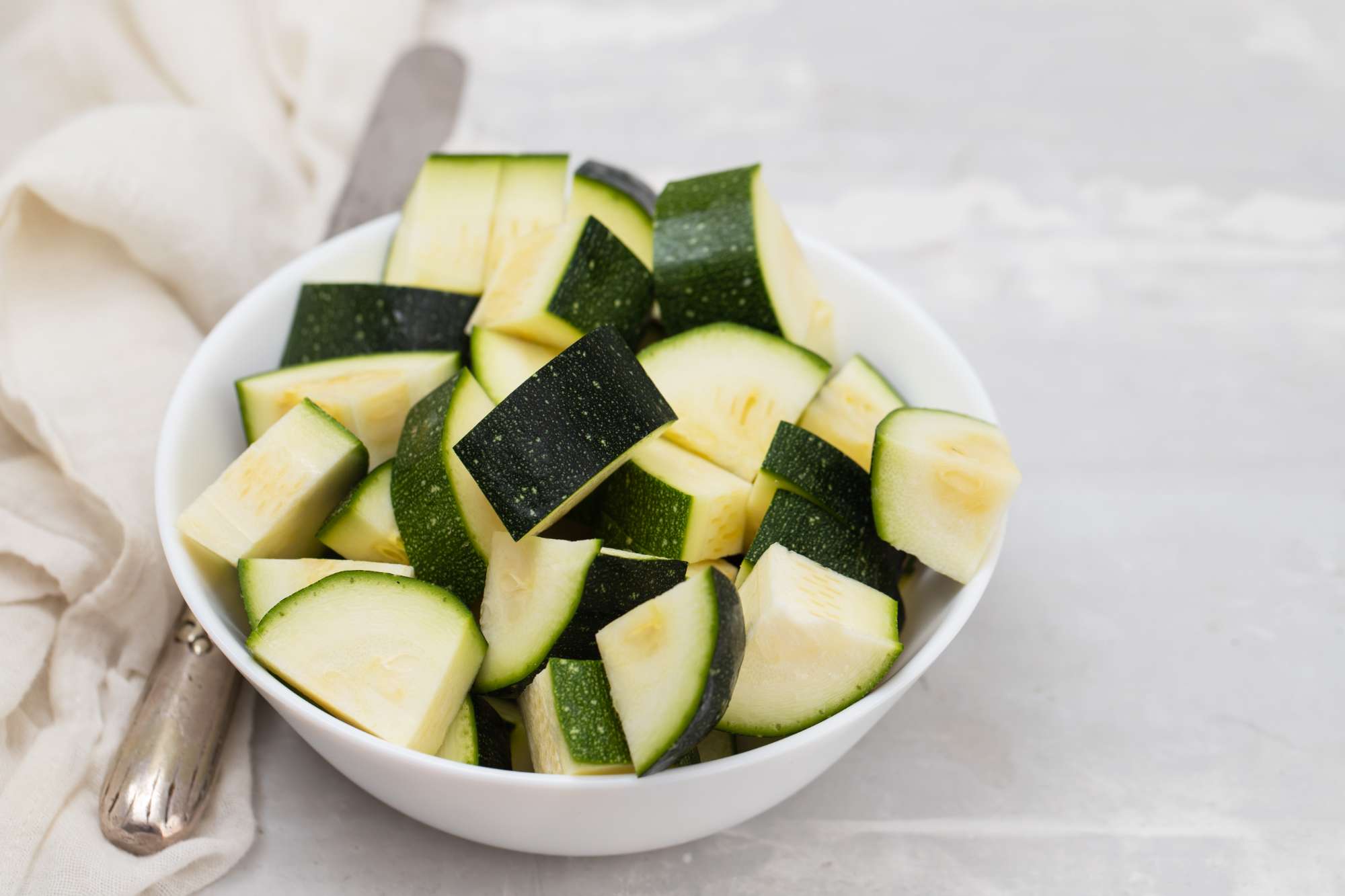
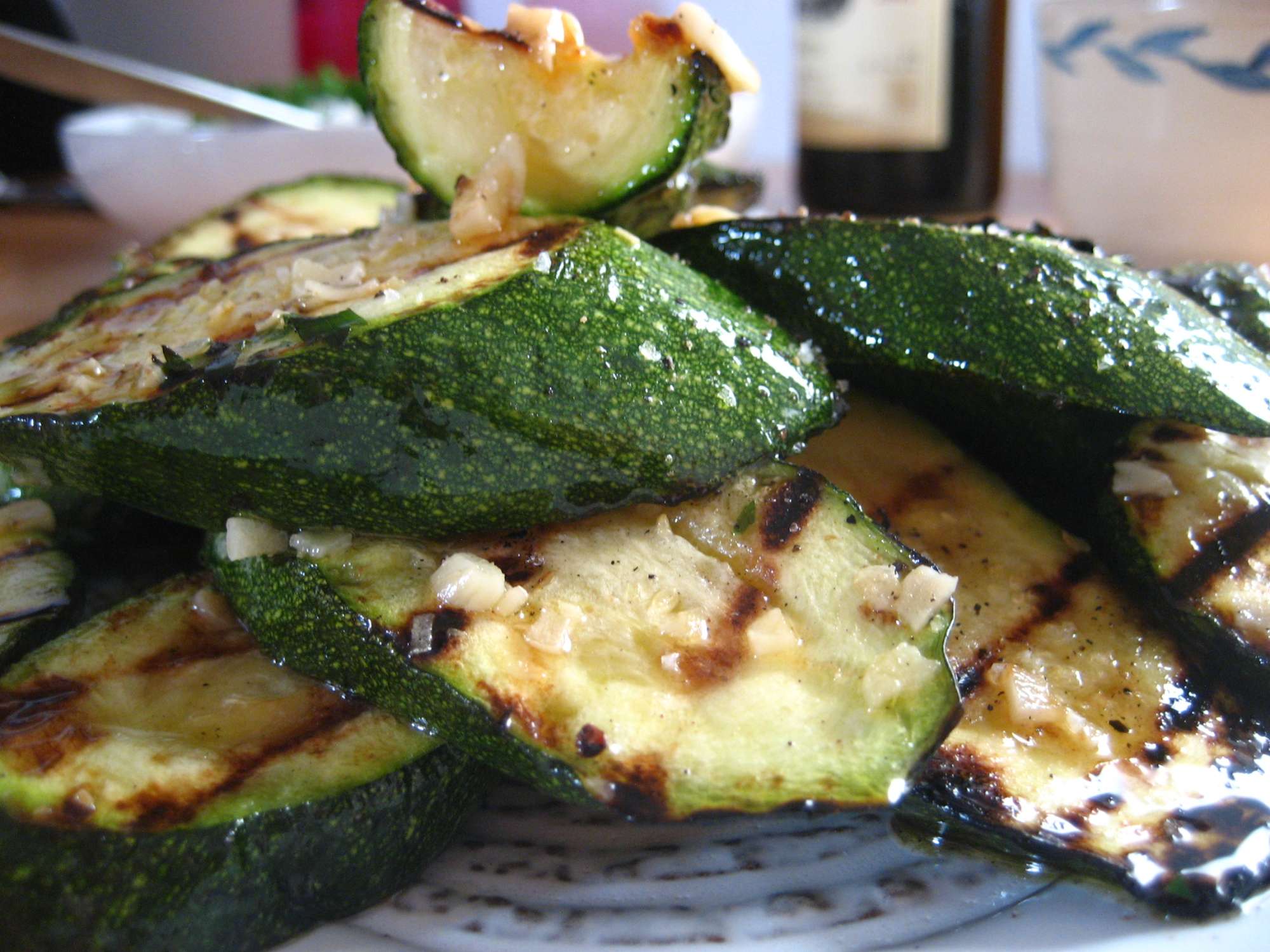
NUTRITIONAL VALUE IN 100G OF UNSALTED, BOILED ZUCCHINI INCLUDE SKIN
1. General value:
- Energy: 64kJ (15 kcal),
- Carbohydrates: 2.69g, of which: Sugar: 1.71g, Fiber: 1g
- Fat: 0.36g
- Protein: 1.14g
- Water: 95.2g
2. Vitamins:
- Vitamin Aequiv. : 56μg, 7%DV†.
√ Beta-carotene: 670μg, 6%DV†. - Thiamine (B1): 0.035mg, 3%DV†.
- Riboflavin (B2): 0.024mg, 2%DV†.
- Niacin (B3): 0.51mg, 3%DV†.
- Pantothenic acid (B5): 0.288mg, 6%DV†.
- Vitamin B6: 0.08mg, 6%DV†.
- Folate (B9): 28μg, 7%DV†.
- Vitamin C: 12.9mg, 16%DV†.
- Vitamin K: 4.2μg, 4%DV†.
3. Minerals:
- Calcium 18mg, 2%DV†.
- Iron 0.37mg, 3%DV†.
- Magnesium 19mg, 5%DV†.
- Manganese 0.173mg, 8%DV†.
- Phosphorus 37mg, 5%DV†.
- Potassium 264mg, 6%DV†.
- Sodium 3mg, 0%DV†.
- Zinc 0.33mg, 3%DV†.
PUMPKIN
Native to North America (northeastern Mexico and the southern United States), C. pepo pumpkins are one of the oldest domesticated plants, having been used as early as 7,000 to 5,500 BC. Today, pumpkins are widely grown for food, as well as for aesthetic and recreational purposes. Characteristics commonly used to define "pumpkin" include smooth and slightly ribbed skin, and deep yellow to orange color. White, green, and other pumpkin colors also exist. While C. pepo pumpkins generally weigh between 3 and 8 kilograms, Giant pumpkins can exceed a tonne in mass. Most are varieties of Cucurbita maxima, and were developed through the efforts of botanical societies and enthusiast farmers. The largest cultivars of the species Curcubita maxima frequently reach weights of over 34 kg, with current record weights of over 1,226 kg.
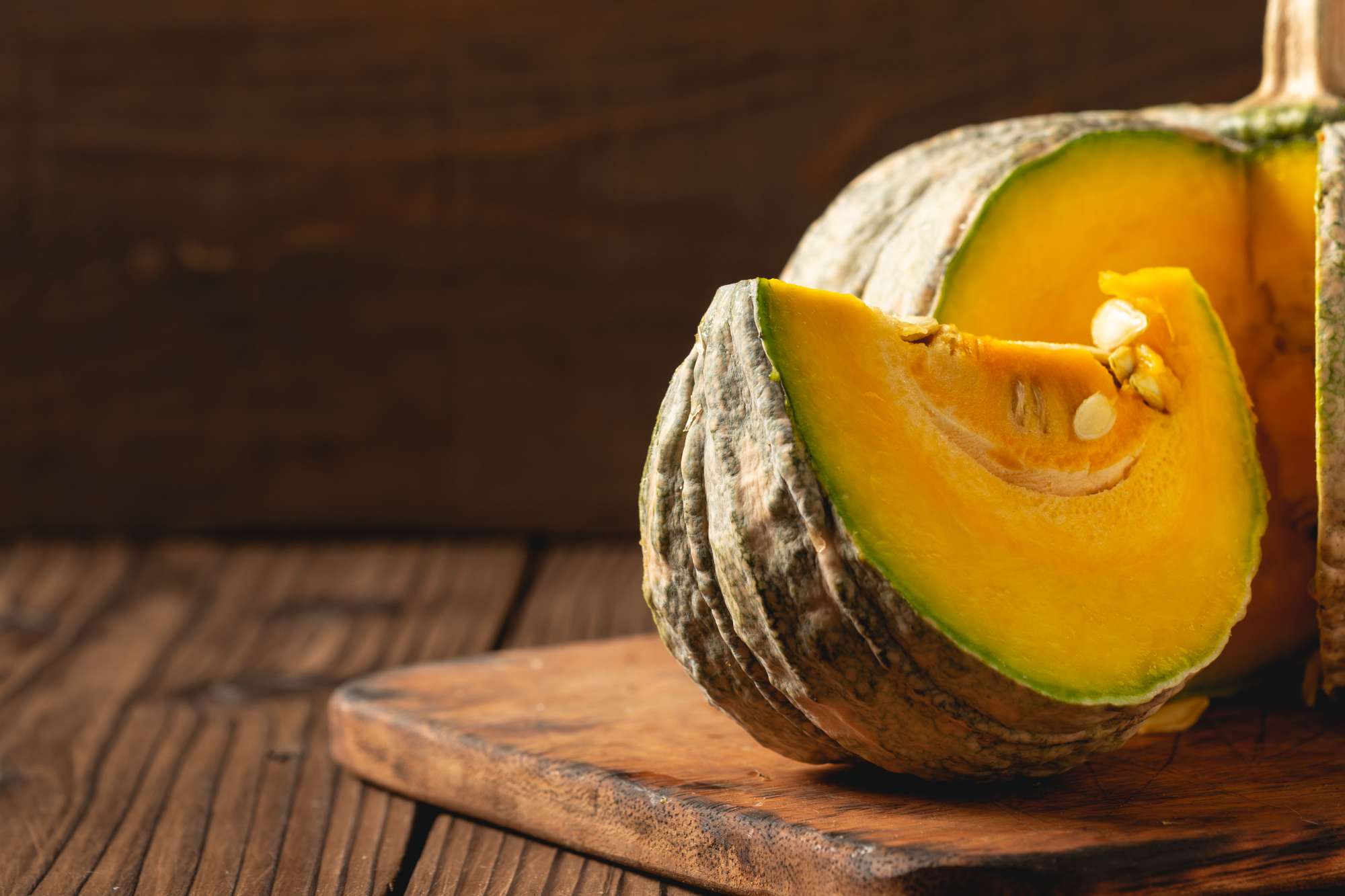
.jpg)
NUTRITIONAL VALUE PER 100G RAW PUMPKIN
1. General value:
- Energy: 109 kJ (26 kcal)
- Carbohydrates: 6.5g, of which Sugars: 2.76 g, Dietary fiber: 0.5g
- Fat: 0.1g
- Protein: 1g
- Water: 91.6g
2. Vitamins:
- Vitamin A equiv.: 426μg, 53%DV†
√ beta-Carotene: 3100μg, 29%DV†
√ lutein zeaxanthin: 1500μg - Thiamine (B1): 0.05mg, 4%DV†
- Riboflavin (B2): 0.11mg, 9%DV†
- Niacin (B3): 0.6mg, 4%DV†
- Pantothenic acid (B5): 0.298mg, 6%DV†
- Vitamin B6: 0.061mg, 5%DV†
- Folate (B9): 16μg, 4%DV†
- Vitamin C: 9mg, 11%DV†
- Vitamin E: 0.44mg, 3%DV†
- Vitamin K: 1.1μg, 1%DV†
3. Minerals:
- Calcium: 21mg, 2%DV†
- Iron: 0.8mg, 6%DV†
- Magnesium: 12mg, 3%DV†
- Manganese: 0.125mg, 6%DV†
- Phosphorus: 44 mg, 6%DV†
- Potassium: 340mg, 7%DV†
- Sodium: 1mg, 0%DV†
- Zinc: 0.32mg, 3%DV†.
LUFFA (SPONGE GOURD)
Luffa aegyptiaca, or spongy gourd, is a species of vine grown for its fruit, native to South and Southeast Asia. The specific botanical synonym "aegyptiaca" was given to the plant in the 16th century when European botanists were introduced to the plant from cultivation in Egypt. In the European botanical literature, this plant was first described by Johann Veslingius in 1638, who named it "Egyptian cucumber". Veslingius also introduced the name "Luffa". Like most summer squash, as the fruit ripens, it loses its characteristic sweet flavor. Most luffas are harvested when they are about 12 cm long. At this length, it has a rich green color and deep veins. Its flesh is creamy white, and its flavor is described as being similar to that of a zucchini, with a distinctive velvety texture.
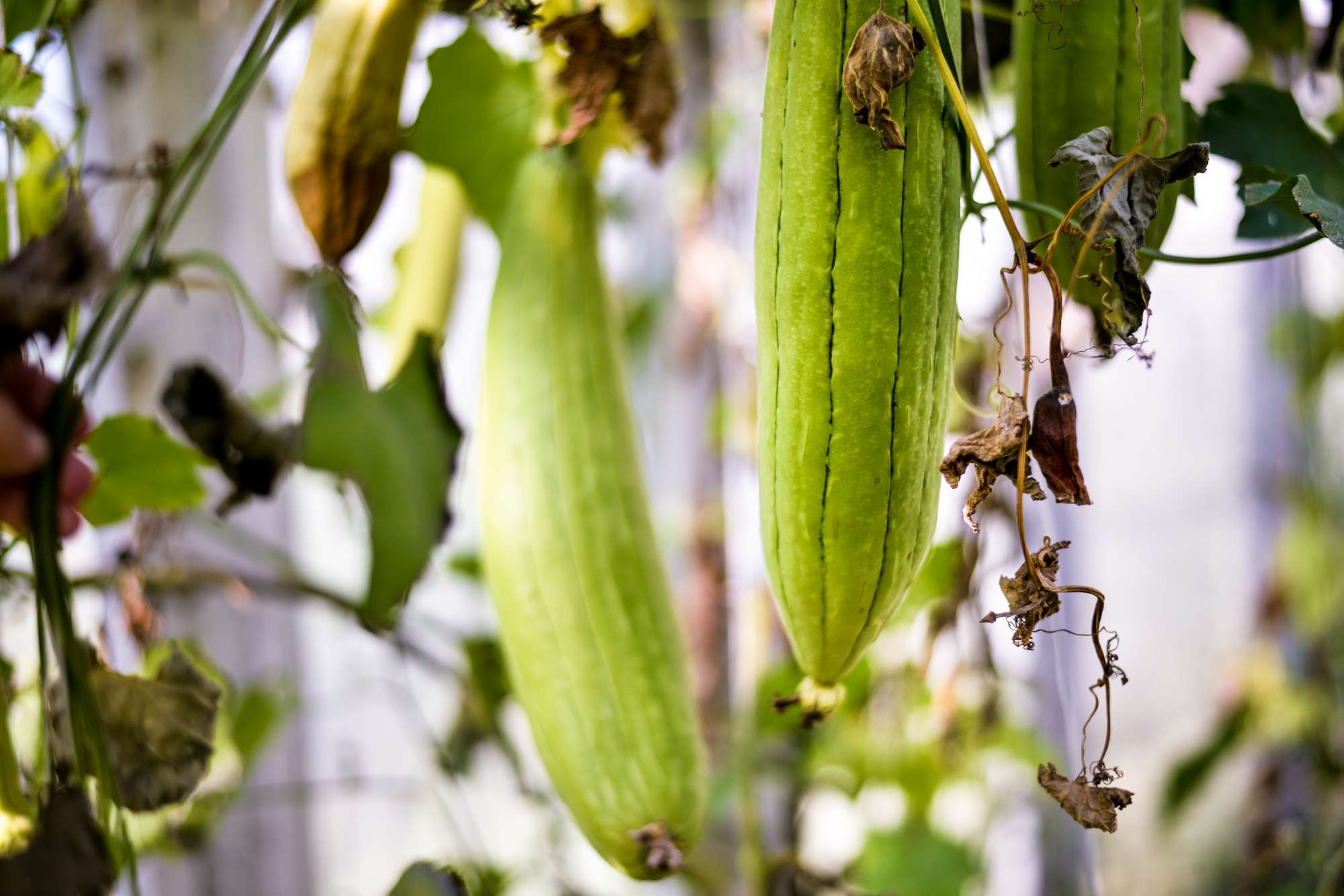
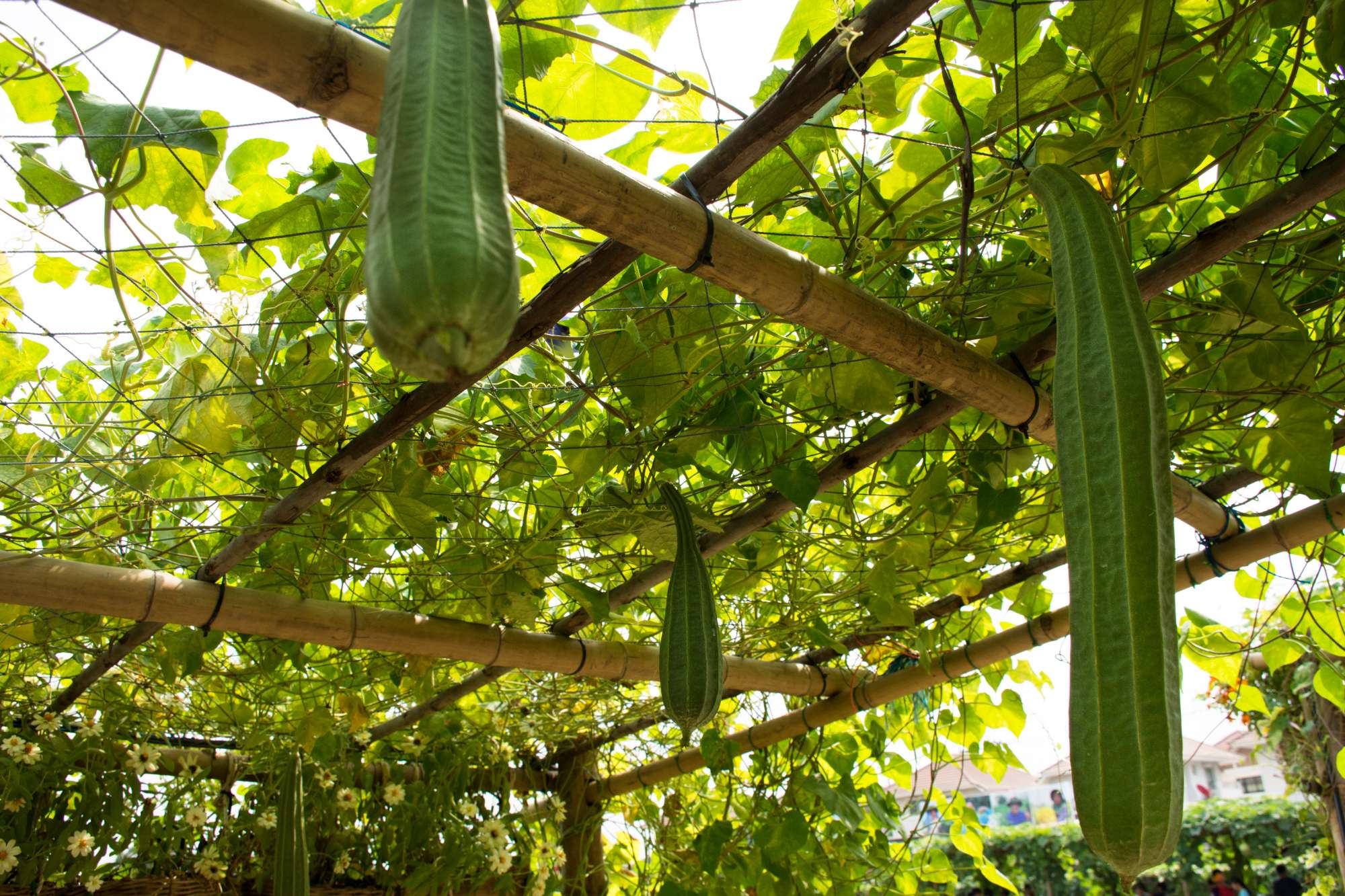
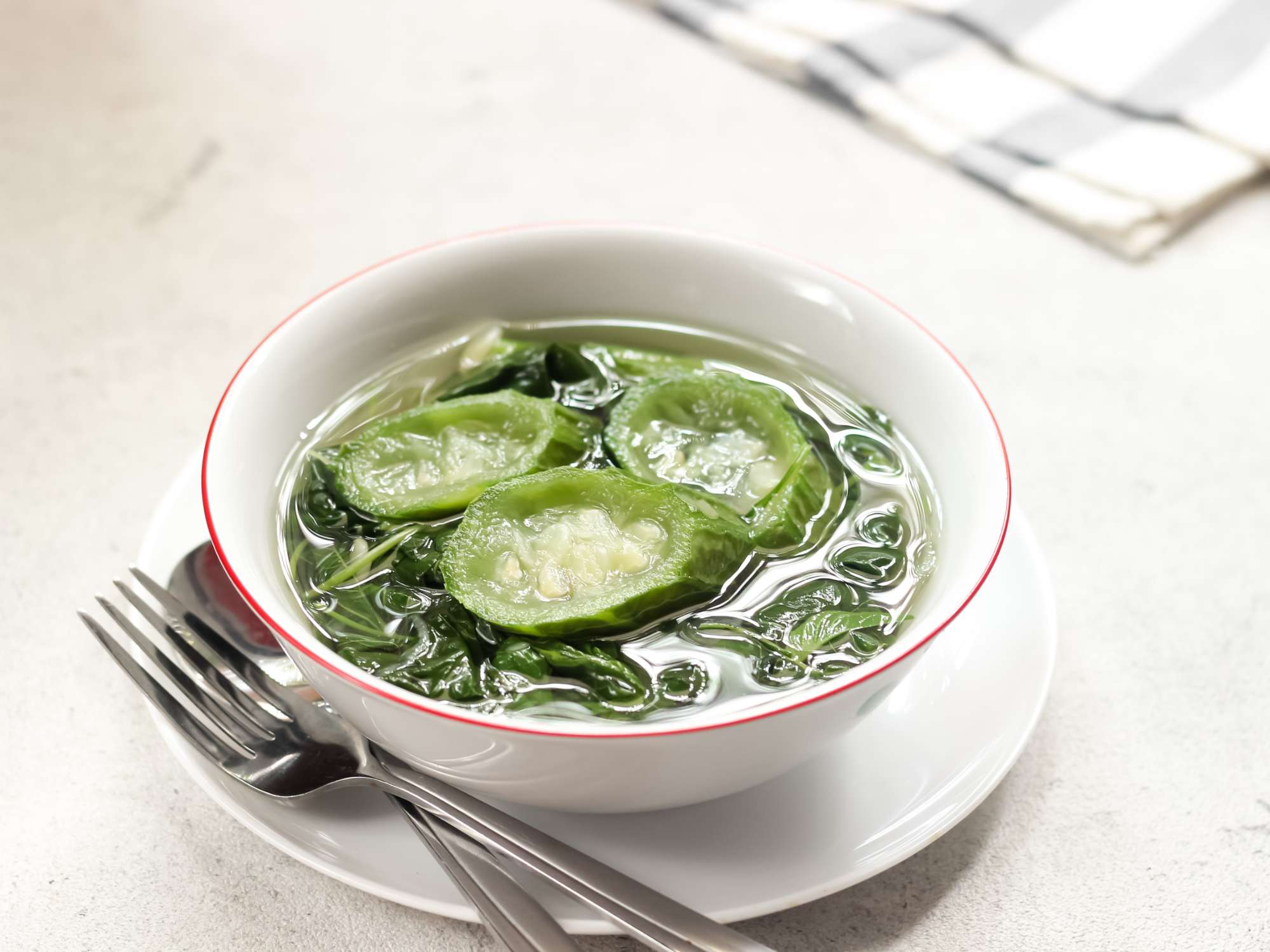
.jpg)
NUTRITIONAL VALUE PER 100G OF SPONGE GOURD, COOKED WITHOUT SALT
1. General value:
- Energy: 56 kJ (13 kcal)
- Carbohydrates: 14.34g, of which Sugars: 5.17g, Dietary fiber: 2.9g
- Fat: 0.34g
- Protein: 0.66g
2. Vitamins:
- Vitamin A: 260 IU
- Thiamine (B1): 0.046mg, 4%DV†
- Riboflavin (B2): 0.042mg, 4%DV†
- Niacin (B3): 0.26mg, 2%DV†
- Vitamin B6: 0.099mg, 8%DV†
- Folate (B9): 12μg, 3%DV†
- Vitamin C: 5.7mg, 7%DV†
- Vitamin E: 0.24mg, 2%DV†
- Vitamin K: 1.7μg, 2%DV†
3. Minerals:
- Calcium: 9mg, 1%DV†
- Iron: 0.36mg, 3%DV†
- Magnesium: 20mg, 6%DV†
- Phosphorus: 31mg, 4%DV†
- Potassium: 453mg, 10%DV†
- Sodium: 21mg, 1%DV†
- Zinc: 0.17mg, 2%DV†.
CHAYOTE
Chayote also known as mirliton and choko. This fruit was first cultivated in Mesoamerica between southern Mexico and Honduras, with the most genetic diversity available in both Mexico and Guatemala. It is one of several foods introduced to the Old World during the Columbian Exchange. At that time, the plant spread to other parts of the Americas, ultimately causing it to be integrated into the cuisine of many Latin American nations. The chayote fruit is mostly used cooked. When cooked, chayote is usually handled like summer squash; it is generally lightly cooked to retain the crispy consistency. Raw chayote may be added to salads or salsas, most often marinated with lemon or lime juice, but is often regarded as unpalatable and tough in texture. Whether raw or cooked, chayote is a good source of vitamin C. In specially, although most people are familiar only with the fruit as being edible, but the root, stem, seeds and leaves are edible as well. The tubers of this plant are eaten like potatoes and other root vegetables, and its shoots and leaves are often consumed in salads and stir fries, especially in Asia.
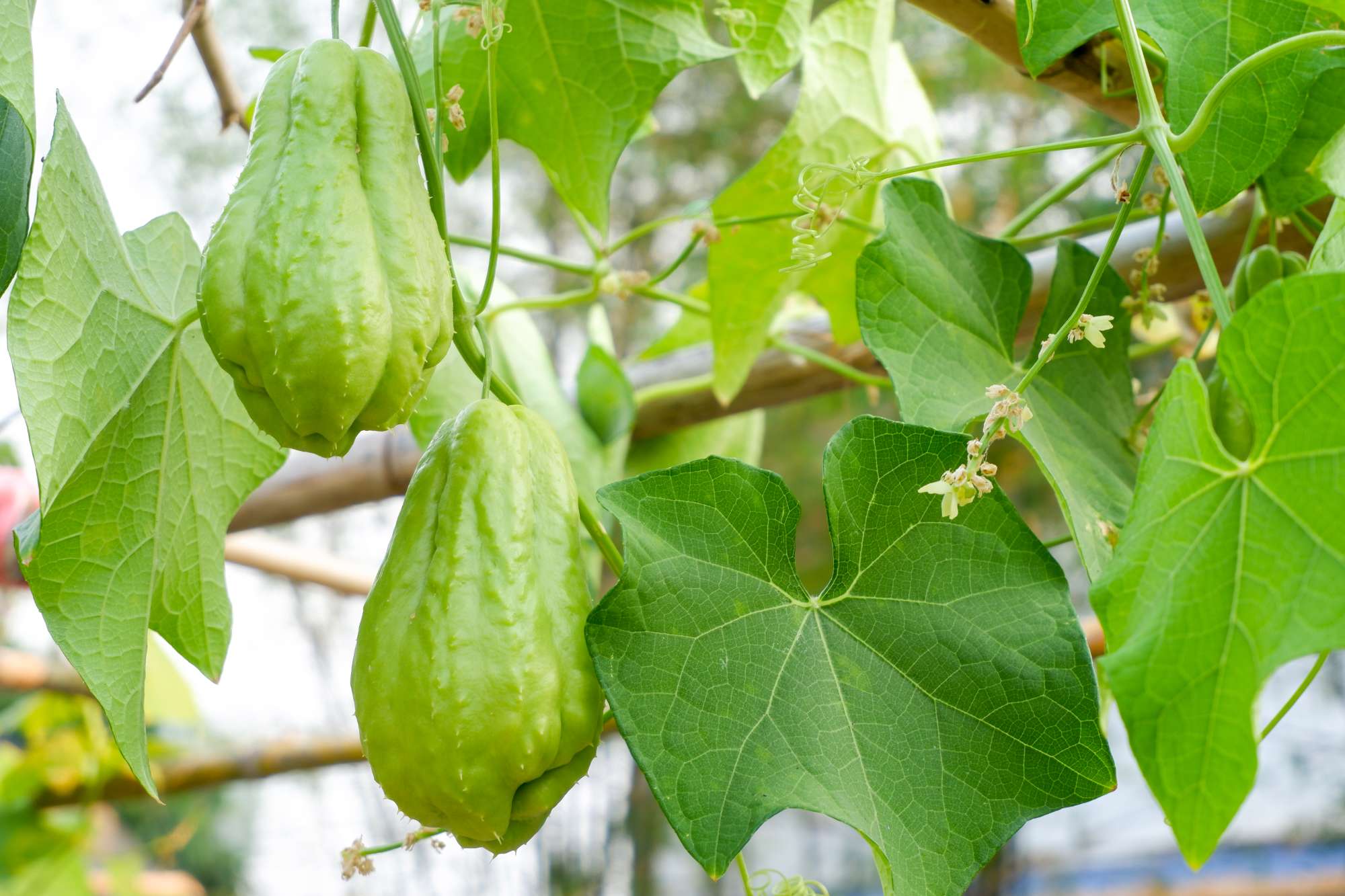
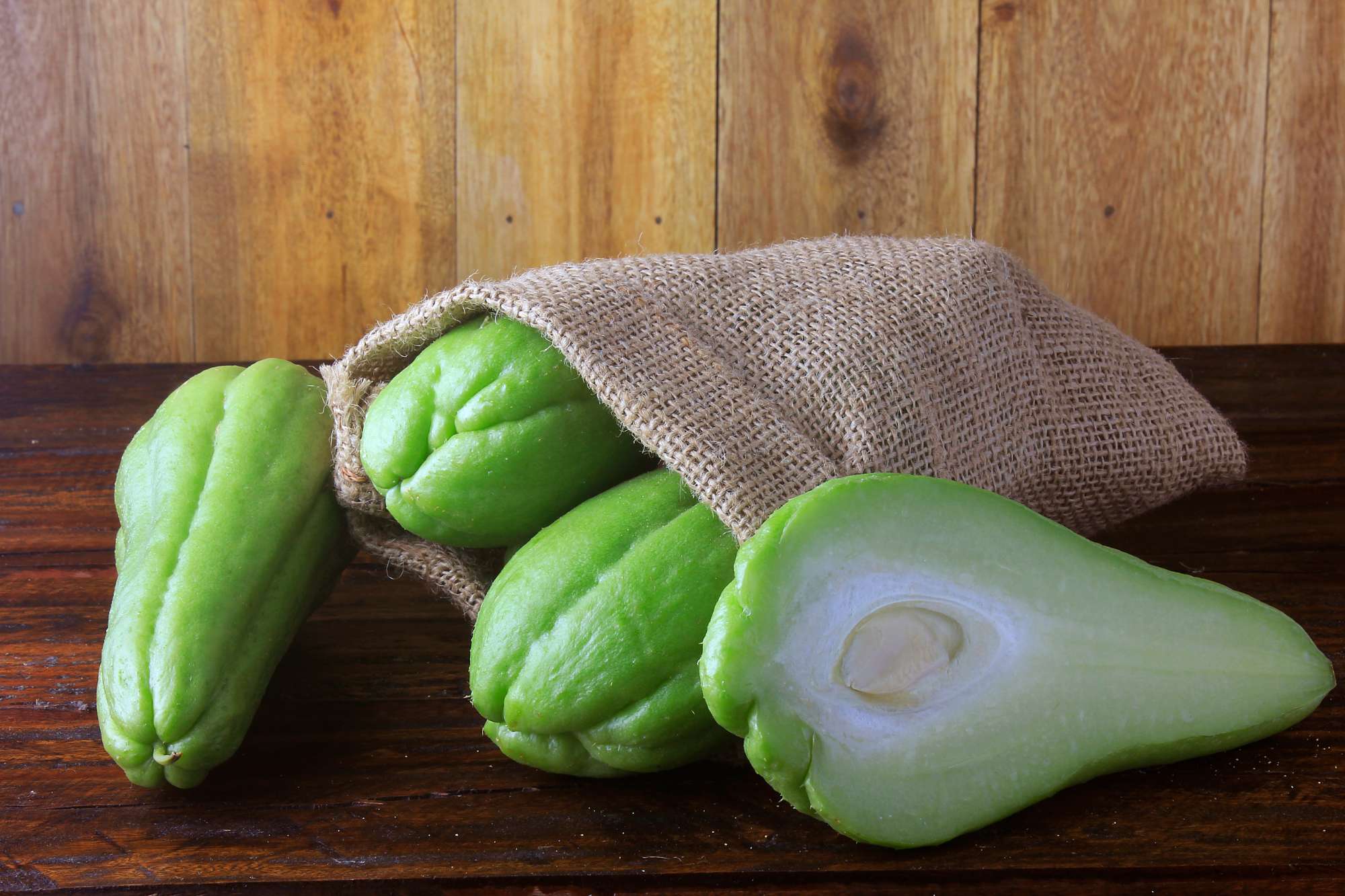
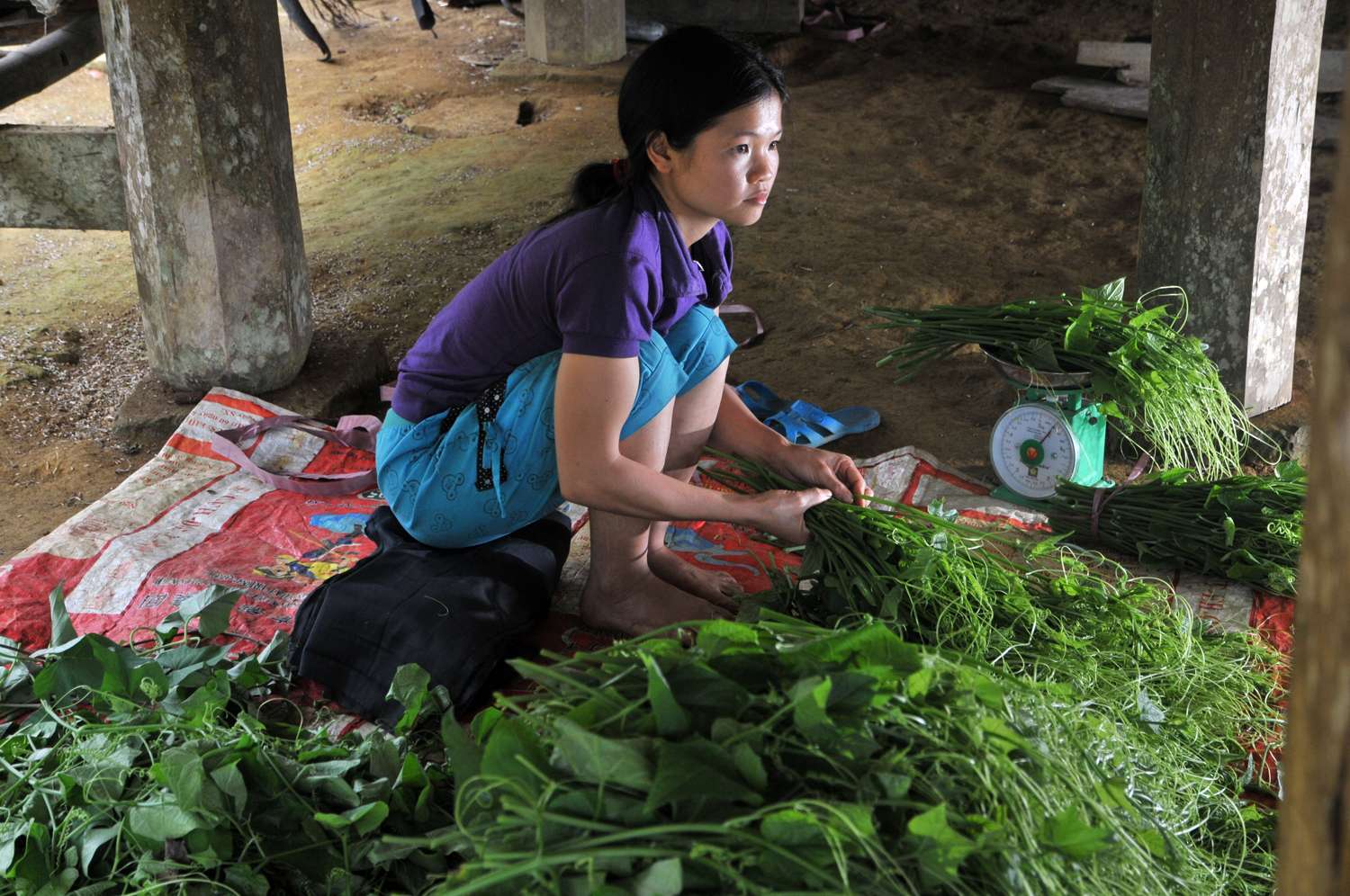

NUTRITIONAL VALUE PER 100G OF RAW CHAYOTE
1. General value:
- Energy: 80kJ (19 kcal)
- Carbohydrates: 4.51g, of which Sugars: 1.66g, Dietary fiber: 1.7g
- Fat: 0.13g
- Protein: 0.82g
2. Vitamins:
- Thiamine (B1): 0.025mg, 2%DV†
- Riboflavin (B2): 0.029mg, 2%DV†
- Niacin (B3): 0.47mg, 3%DV†
- Pantothenic acid (B5): 0.249mg, 5%DV†
- Vitamin B6: 0.076mg, 6%DV†
- Folate (B9): 93μg, 23%DV†
- Vitamin C: 7.7mg, 9%DV†
- Vitamin E: 0.12mg, 1%DV†
- Vitamin K: 4.1μg, 4%DV†
3. Minerals:
- Calcium: 17mg, 2%DV†
- Iron: 0.34mg, 3%DV†
- Magnesium: 12mg, 3%DV†
- Phosphorus: 18mg, 3%DV†
- Potassium: 125mg, 3%DV†
- Zinc: 0.74mg, 8%DV†.
Compiled and penned by Crocus Media
Products

Coconut Butter
Coconut butter is high in lauric acid (about 50%), caprylic acid, capric acid and Medium-chain triglycerides which are considered valuable sources of energy that are quickly absorbed by the body. Fiber content reaches about 14% and completely does not contain harmful fats for the body.


